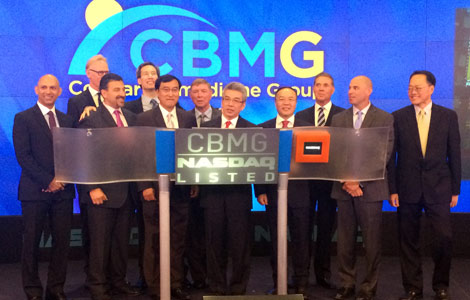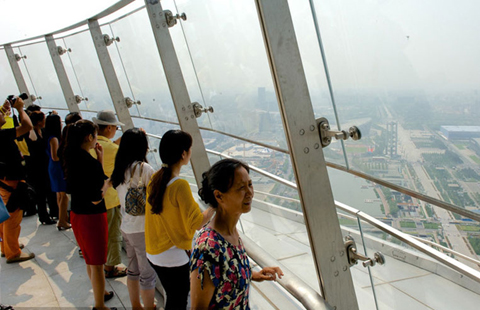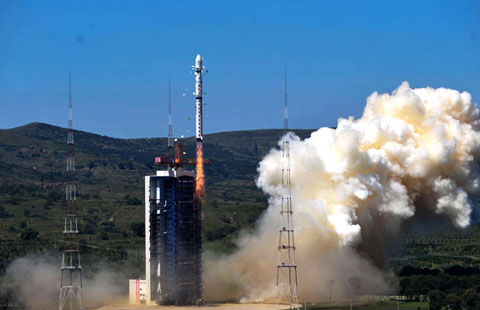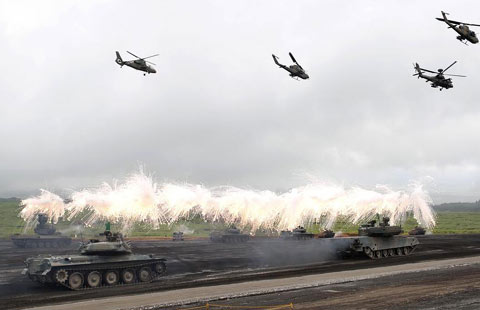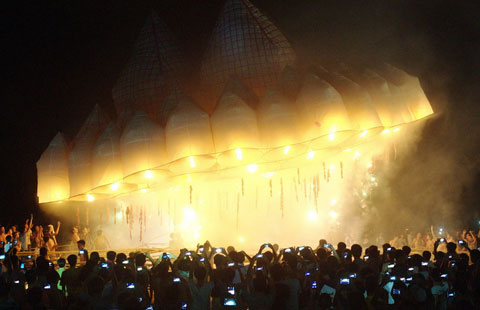Change for the better in polluted Hebei
Updated: 2014-08-25 11:01
(Xinhua)
|
||||||||
SHIJIAZHUANG - North China's most polluted province Hebei claims to have abandoned obsession with mere growth, and to be focused on quality, technology upgrades and clean industry.
Beijing and Hebei have plans to invest 19.6 billion yuan ($3.18 billion) in a cloud computing industrial park in Zhangjiakou, a northern Hebei city 225 km from Beijing, and, after a 190 million yuan overhaul, the No 1 coal-fired unit at a Guohua Power plant in Langfang city, close to Beijing, now belches out less toxic fumes than similar gas-fired units. The plant's three other units will soon have similar makeovers.
Hebei is a major contributor to Beijing's smog and Beijing, Hebei and Tianjin have joint strategies tackle the pollution.
 |
 |
Hebei is cutting excess capacity in industries previously considered the driving force of its economy. Last year, more than 8,000 polluting factories were closed and crude steel, iron, cement and flat glass output was reduced by millions of tons. This year, production in these same industries is set to be cut back even further. In addition, there are plans to reduce coal consumption by 15 million tons.
"In the first six months, we have seen a 1.6-percentage-point increase in tertiary industries and a 1.5-percentage-point decrease in secondary industries in terms of GDP proportion," said Yang Jingxiang, deputy head of the Hebei Bureau of Statistics.
The contribution of primary and tertiary industries has increased 2.7 percentage points and 17.6 percentage points over the same period last year.
"The drop of 20.3 percentage points in secondary industry's contribution to growth comes from cuts in capacity," Yang said. Output of pig iron, crude steel and cement fell 4.8 percent, 2.9 percent and 15 percent respectively in the first half.
Industrial energy consumption also dropped by 4.9 percent, said Yang, and high-tech sectors contributed more.
There have been positive signs in terms of air quality. Eleven cities in Hebei saw 40 days of heavy pollution in the first half, seven days less than the same period last year. PM2.5 fell by 12.7 percent, according to Hebei Environment Monitoring Center. Air quality in Beijing and Tianjin also improved in the first half with more days reaching national standards over the same period last year, said the Environmental Protection Ministry.
 6.1 earthquake rocks San Francisco Bay Area
6.1 earthquake rocks San Francisco Bay Area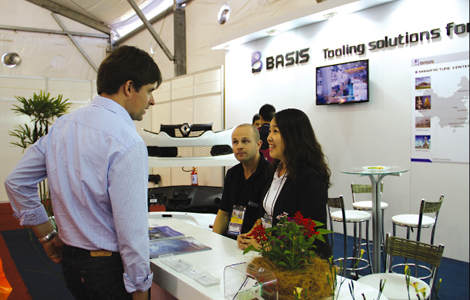
 Auto-moulding firms eye Brazil
Auto-moulding firms eye Brazil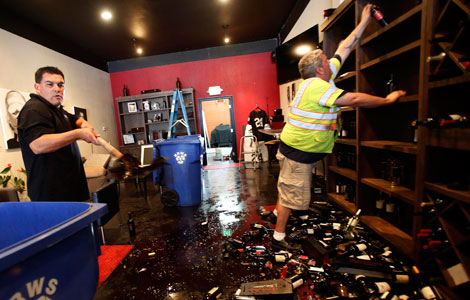
 Quake rocks California wine country, 120 injured
Quake rocks California wine country, 120 injured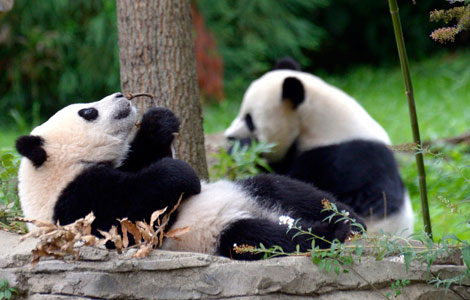
 Bao Bao, blessed with many birthday wishes
Bao Bao, blessed with many birthday wishes
 Heartbreaking partings for 'left-behind children'
Heartbreaking partings for 'left-behind children'
 Yao Ming takes on Ice Bucket Challenge
Yao Ming takes on Ice Bucket Challenge
 Luxury automobile expo held in Beijing
Luxury automobile expo held in Beijing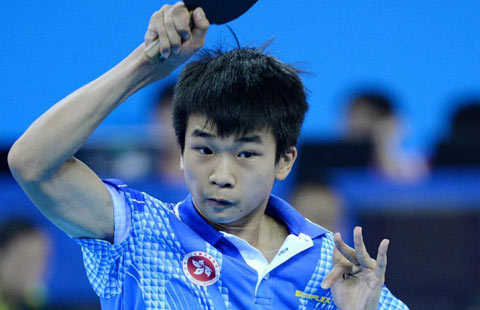
 YOG: Mixed intl team semifinal of table tennis
YOG: Mixed intl team semifinal of table tennis
Most Viewed
Editor's Picks

|

|

|
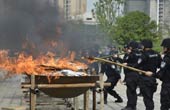
|

|

|
Today's Top News
Calif. governor declares emergency from quake
American held in Syria freed
Washington DC seeks more Chinese tourism
California hospital treats 70 plus after quake
White House aides to attend funeral of black teen
Man, 18, accused of being mastermind in imam's murder
China urges US to stop close-in surveillance
US seeks multi-prong strategy against ISIL forces
US Weekly

|

|
